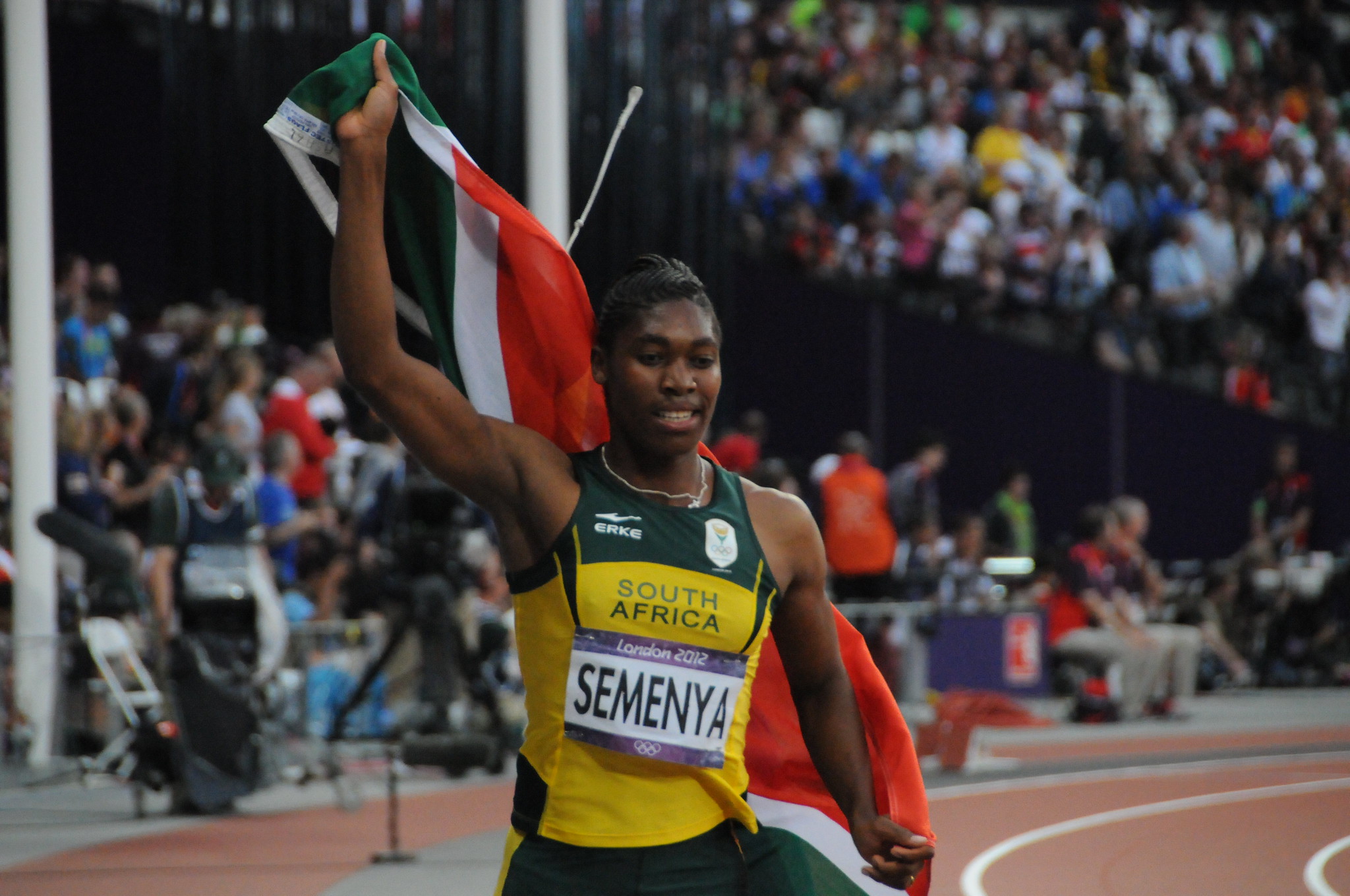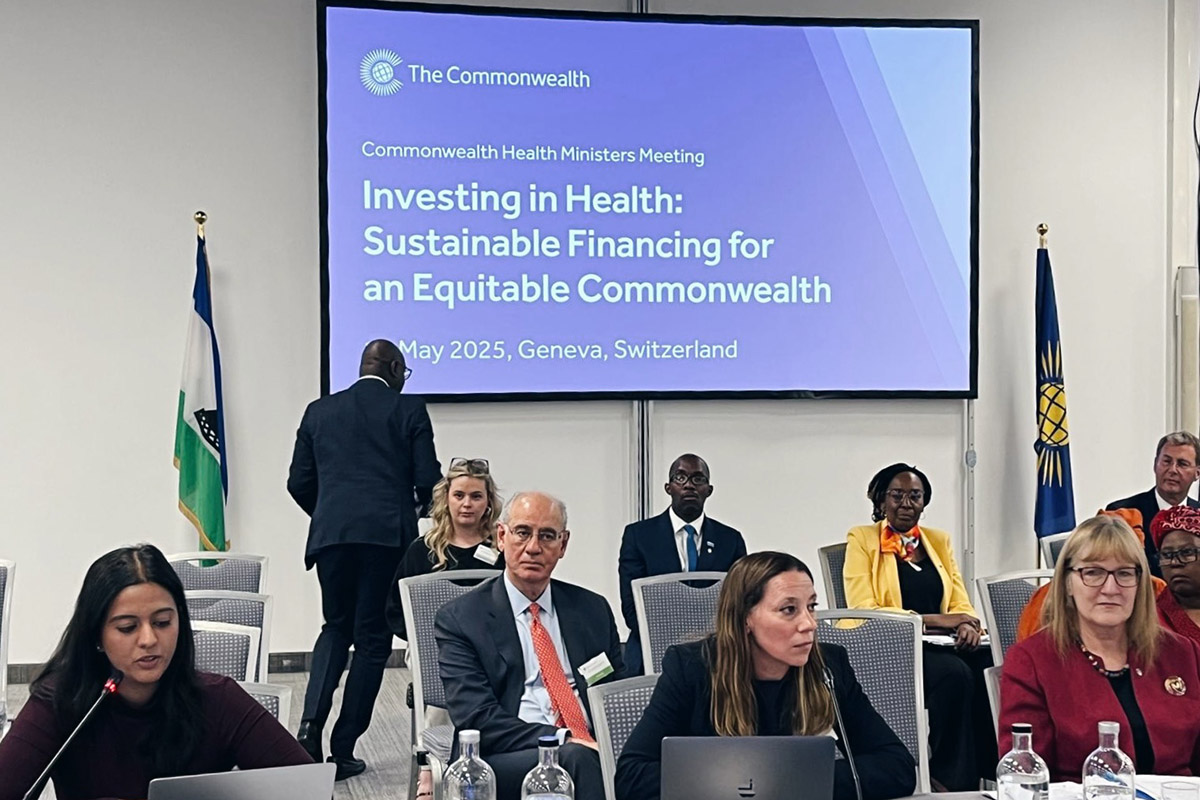More equal than others?
September 3
Outstanding female athletes pay a great price – intense scrutiny. After many years in the shadows, women are finally taking their place in the sports limelight. But as with most other professions, they are finding that here too, there are double standards between their treatment and that of their male counterparts, writes Bonolo Madibe a 22-year-old Commonwealth Correspondent from South Africa.
On May 1, 2019, the International Court of Arbitration for Sport ruled against Caster Semenya, a South African Olympic medallist.
Based on “difference(s) of sexual development” (DSD) with fellow athletes, the International Association of Athletics Federations (IAAF) can demand that Semenya – and other female athletes like her – take hormones to reduce their high levels of testosterone or compete against men.
Initially introduced in 2011, the IAAF’s restriction on testosterone was initiated under the belief that female athletes with DSD have a physical advantage over those with lower, ‘normal’ levels of testosterone.
However, the rule was suspended in 2015 following an appeal by Indian sprinter Dutee Chand, forcing the IAAF to gather scientific evidence to justify this regulation. Since then, the debate has raged on as to whether these athletes should be allowed to compete as women.
Semenya, an athletic heroine in her country, has two Olympic 800-metre gold medals. But they have come at a cost – 10 years of ridicule and scrutiny over her muscular build and athletic prowess.
For years, the IAAF has enforced ‘gender verification testing’, aimed at identifying competitors whose characteristics didn’t align with “normal” perceptions of being female. This was measured through invasive and often controversial processes involving examination of private parts and evaluation of breast size and pubic hair.
Women’s rights activists have argued that this not only promotes the discrimination of those who fall beyond normative bounds of femininity, but also illustrates the IAAF’s historical desire to police women’s bodies.
Black, queer and intersex, Caster Semenya is the perfect example of that. Like Chand and world tennis champion Serena Williams, Semenya has undoubtedly faced greater scrutiny than her other female competitors, which pits her against the Western standard of femininity.
” When we talk about how much value we place on the lives of women in the fight towards gender equality, it is important to consider the labels attached to those who do not fit into the stereotypical mould.”
Arguing that allowing her to compete as a female athlete would make it easier for anyone ‘claiming to be a woman’ to participate in female sports is illogical. Caster Semenya is biologically female. Science and her lived experiences are evidence of that. If maintaining “a fair and meaningful category for women” in sports is a priority for the IAAF, it should embrace women in all their different shapes and forms.
When we talk about how much value we place on the lives of women in the fight towards gender equality, it is important to consider the labels attached to those who do not fit into the stereotypical mould.
Caster Semenya represents a dilemma in modern feminism: how do we expand dialogues about the autonomy of women’s bodies in ways that are not only inclusive but allow for womanhood to reconfigure itself in various forms? How do we view ‘other’ without needing to contain, regulate and maim it?
Meanwhile, we have male athletes like Michael Phelps, the most successful and most decorated Olympian of all time. Phelps has several natural physical attributes that give him an edge as a swimmer – his long, thin torso, his arms which act as long paddles, his size-14 feet which act like flippers, as well as his ankles, which make it possible for him to whip his feet like fins. But there have been no calls for Phelps to be probed, poked and tested, or considered to have any unfair advantage over other male swimmers.
Should the fate of the talented Semenyas of female sport be decided at the hands of a male-dominated system that prioritises men’s perspectives on who gets to be female? In the era of diversity and inclusion, perhaps the question to ask isn’t what it means for an intersex woman to participate in the Olympics as a female competitor, but rather whose femininity is most important.
Photo credit: Citizen59 (no copyright infringement is intended)
…………………………………………………………………………………………………………………..
About me: I have a keen interest in stimulating innovative solutions to social inequalities through policy and research. With an academic background in International Development and Gender Studies, and professional experience in social impact, I am firm believer that many of the issues facing the African continent can be overcome through evidence based and expert-led decision making.
……………………………………………………………………………………………………………………
Opinions expressed in this article are those of the author and do not necessarily represent the views of the Commonwealth Youth Programme. Articles are published in a spirit of dialogue, respect and understanding. If you disagree, why not submit a response?
To learn more about becoming a Commonwealth Correspondent please visit: http://www.yourcommonwealth.org/submit-articles/…………………………………………………………………………………………………………………..






